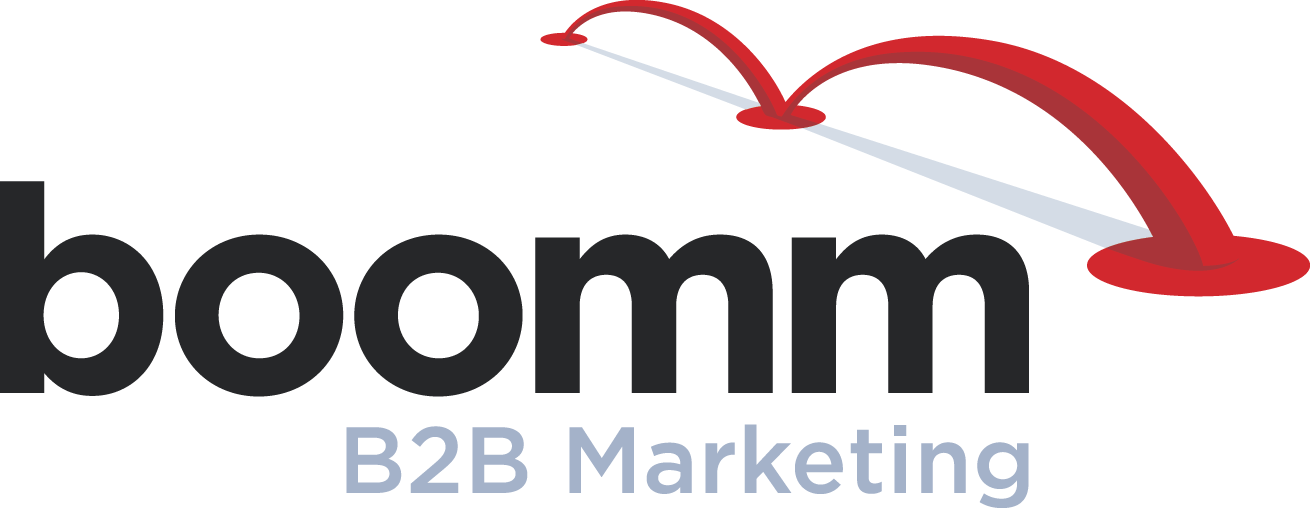Inbound and Outbound Marketing: What You Need To Know
B2B marketing generally falls into one of two categories: inbound or outbound marketing. These two terms get thrown around a lot, with some marketers suggesting that inbound is the strategy of the future and outbound is outdated. But is this belief valid? And what do these terms really mean? This blog post will break down inbound and outbound marketing, including the benefits and drawbacks of each strategy.
Outbound marketing is what most people think of when they think of marketing: paying to put your message in front of an audience. It includes print ads, digital banners and pop-ups on websites, direct mail campaigns, broadcast advertising, outdoor advertising and cold calling. Outbound marketing sends the message far and wide, casting a large  net in hopes of catching the eye of qualified leads.
net in hopes of catching the eye of qualified leads.
The Benefits of Outbound Marketing
- It places your messaging in front of a wide range of people, including many who would never hear about your product otherwise.
- You control the message and can draw attention to a specific product or service.
- You take advantage of a pre-existing audience, such as a magazine subscription base, rather than having to build your own. This is especially helpful if you’re just starting out and have no audience yet.
The Drawbacks to Outbound Marketing
- The monetary costs of accessing an audience via media placements can be quite high.
- Many customers block ads, especially in web browsers, or are annoyed by them and tune out the message.
- It’s a one-way street—the information you put in front of potential customers often doesn’t receive a response.
- With some outbound marketing tactics, segmentation can be difficult, so your message may not be relevant to many in the audience.
Inbound marketing is about earning customers’ attention and getting them to come to you. It includes content marketing, search engine optimization and social media engagement, among other strategies. Inbound marketing requires content creation—everything from white papers to tweets. The goal of inbound marketing is to attract the right customers by demonstrating your relevance to their needs through this content. If you produce excellent content that deals with customer concerns, those customers will view you as a credible solution. Inbound marketing is intended to be a two-way conversation between customer and company, where customer feedback helps the company calibrate its marketing and strengthen its message.
The Benefits of Inbound Marketing
- It’s a lower monetary cost—the main expense of inbound marketing is in the time spent to create the content.
- Customers opt in to receive your message (e.g. subscribing to your blog or searching a related topic on Google), ensuring that they only engage with it if they’re truly interested.
- Inbound marketing demonstrates your relevance to solving customers’ problems and positions your company as a thought leader in your industry.
- Many inbound tactics have the capacity to tell a more complete and engaging story than outbound tactics.
The Drawbacks to Inbound Marketing
- It takes a sustained, dedicated effort to build an audience, and inbound requires a strong, engaged audience to be most effective.
- Especially at the start, an inbound marketing campaign often involves a large time investment.
- Its success can be dependent on factors outside your control, such as Google algorithms and social media word of mouth.
Because of the numerous differences between inbound and outbound marketing, many marketers see them as being at odds. But the truth is that a good marketing campaign could incorporate both, and both strategies can help you achieve your marketing goals.
In order to build an audience for your inbound marketing content, you often need the kind of reach that outbound marketing provides. For instance, you can use a paid ad to draw attention to an ebook or blog post, in a hybrid of the best of both types of marketing. You can also use the principles of inbound marketing—meet your customers where they’re at—to more precisely target an outbound ad.
There’s no need to view inbound and outbound marketing as opponents. A strong marketing strategy can use both inbound and outbound marketing in a judicious, cost-effective manner. Examine your marketing plan to see where each strategy might help you accomplish your goals.



